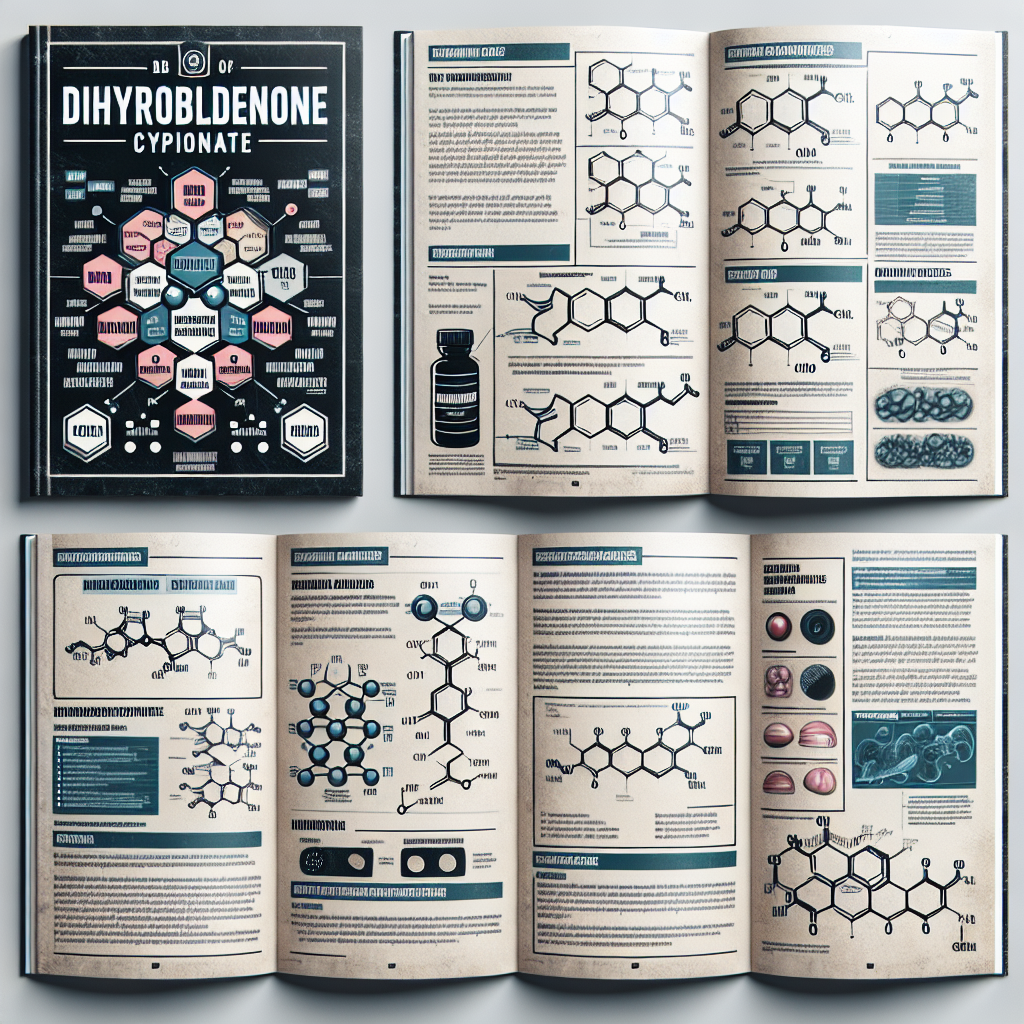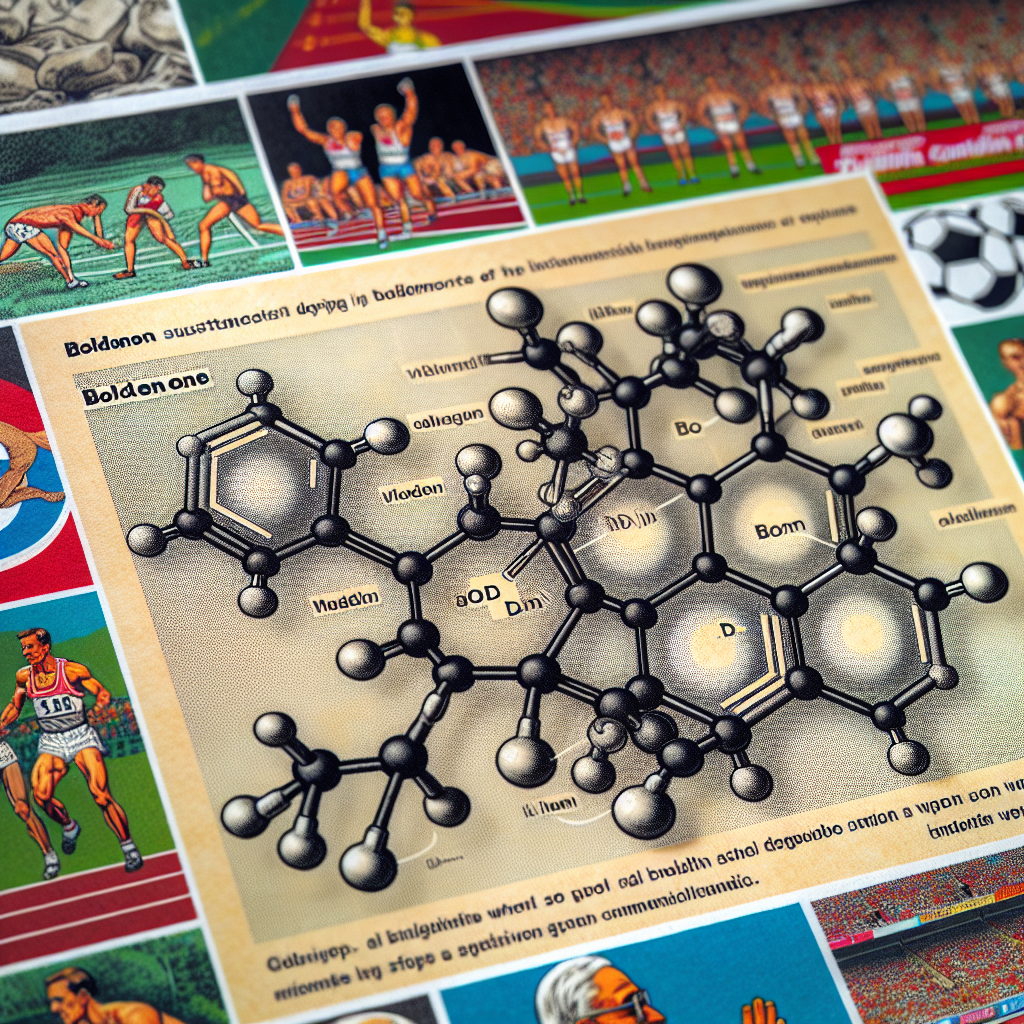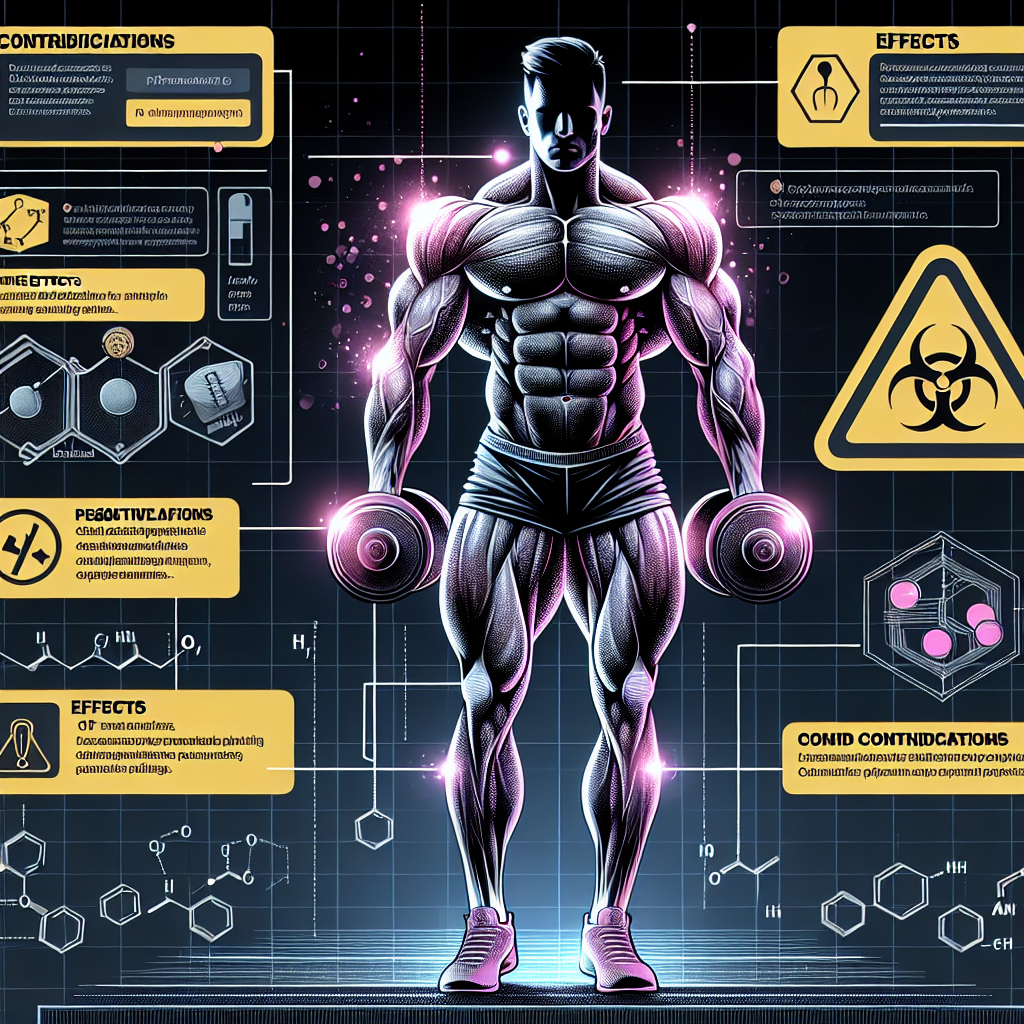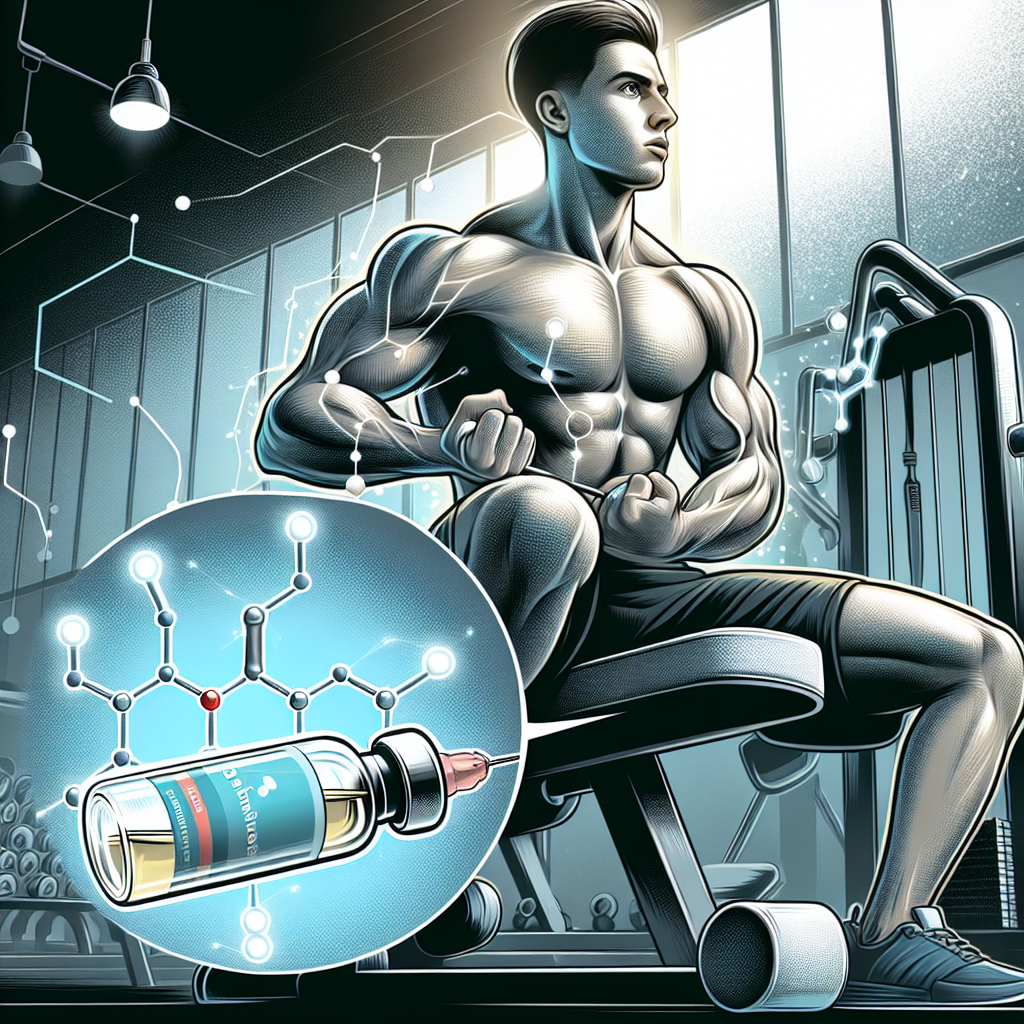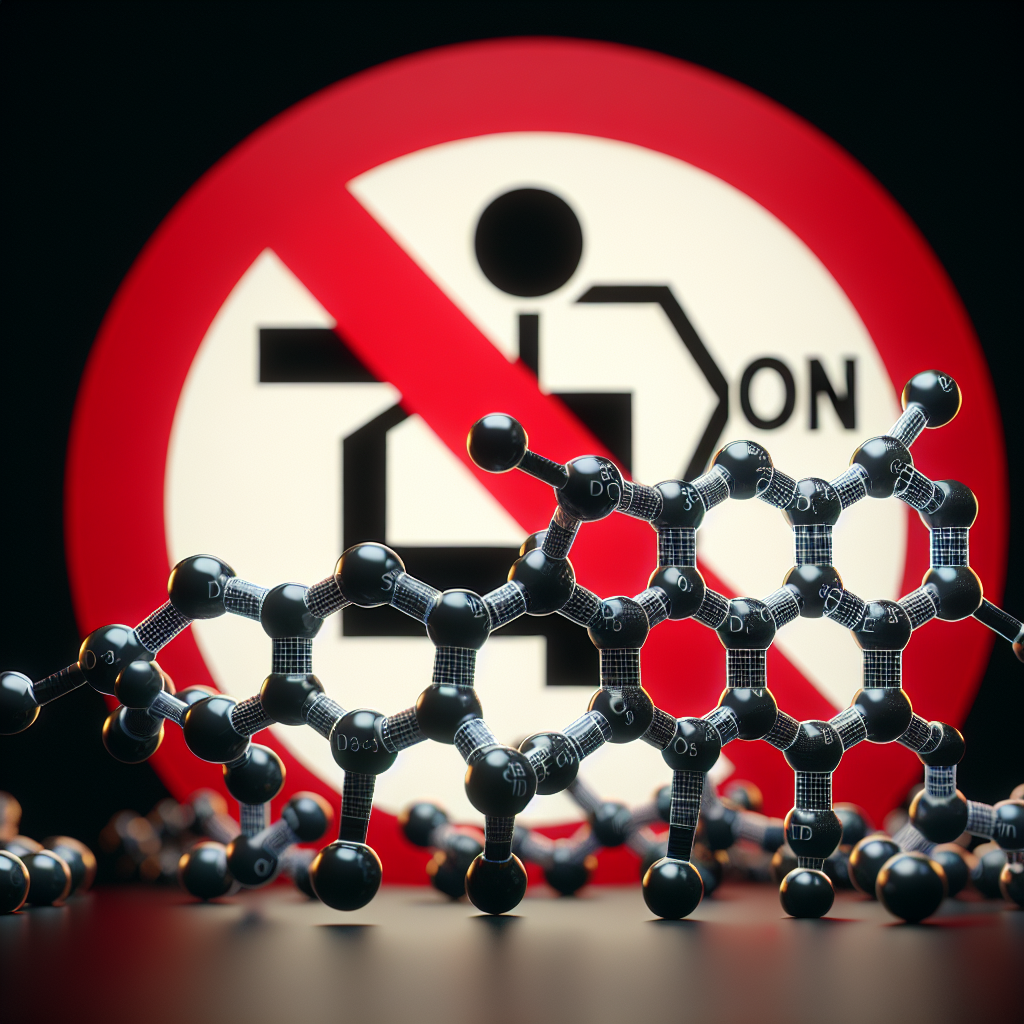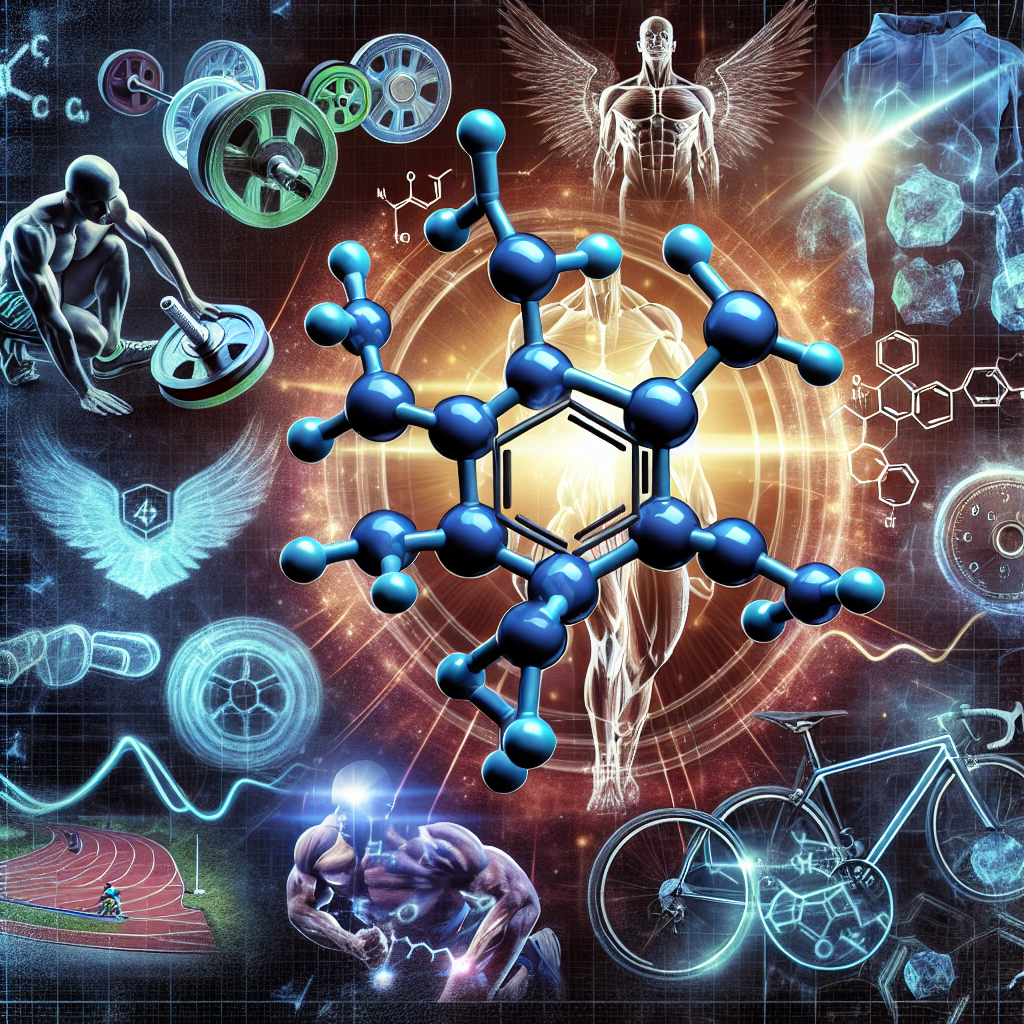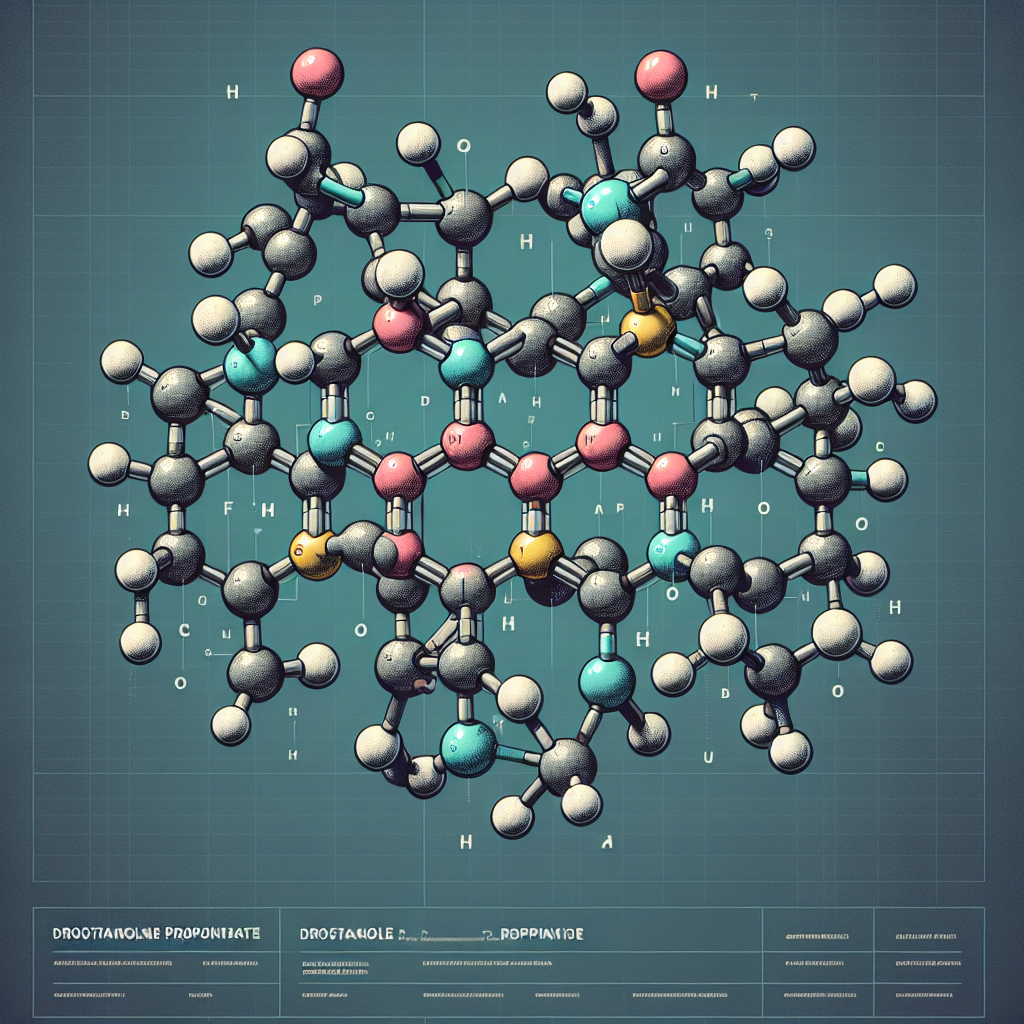-
Table of Contents
- Dihydroboldenone Cypionate: A Comprehensive Guide for Athletes
- Pharmacology of Dihydroboldenone Cypionate
- Pharmacokinetics of Dihydroboldenone Cypionate
- Benefits of Dihydroboldenone Cypionate for Athletes
- Real-World Examples
- Risks and Side Effects of Dihydroboldenone Cypionate
- Expert Opinion
- Conclusion
- References
Dihydroboldenone Cypionate: A Comprehensive Guide for Athletes
As athletes strive to improve their performance and achieve their goals, they often turn to various supplements and substances to enhance their abilities. One such substance that has gained popularity in the world of sports is dihydroboldenone cypionate, also known as DHB or 1-testosterone cypionate. This anabolic androgenic steroid (AAS) has been used by athletes to increase muscle mass, strength, and overall athletic performance. In this comprehensive guide, we will explore the pharmacology, benefits, and potential risks of using dihydroboldenone cypionate for athletic purposes.
Pharmacology of Dihydroboldenone Cypionate
Dihydroboldenone cypionate is a modified form of the hormone testosterone, with an added double bond at the carbon 1 and 2 positions. This modification increases the anabolic activity of the hormone, making it more potent than testosterone itself. It also reduces the androgenic effects, making it a popular choice among athletes who want to avoid the negative side effects associated with high androgenic activity.
Like other AAS, dihydroboldenone cypionate works by binding to androgen receptors in the body, which then stimulates protein synthesis and increases nitrogen retention in the muscles. This leads to an increase in muscle mass, strength, and endurance. It also has a high affinity for the progesterone receptor, which can lead to potential side effects such as gynecomastia (enlargement of breast tissue) and water retention.
Pharmacokinetics of Dihydroboldenone Cypionate
Dihydroboldenone cypionate is typically administered via intramuscular injection, with a half-life of approximately 8 days. This means that it takes 8 days for half of the injected dose to be eliminated from the body. However, the effects of the drug can last up to 2-3 weeks due to its slow release from the injection site. This makes it a convenient option for athletes who do not want to inject frequently.
The peak plasma concentration of dihydroboldenone cypionate occurs within 24-48 hours after injection, and it is metabolized in the liver and excreted in the urine. The recommended dosage for athletes is 200-400mg per week, with some users reporting positive results with doses as low as 100mg per week. However, it is important to note that higher doses can increase the risk of side effects.
Benefits of Dihydroboldenone Cypionate for Athletes
The primary benefit of dihydroboldenone cypionate for athletes is its ability to increase muscle mass and strength. It is often used during bulking cycles to help athletes gain lean muscle mass and improve their overall physique. It also has a low potential for estrogenic side effects, making it a popular choice for athletes who want to avoid water retention and gynecomastia.
Additionally, dihydroboldenone cypionate has been reported to improve athletic performance by increasing red blood cell production and oxygen delivery to the muscles. This can lead to improved endurance and stamina, allowing athletes to train harder and longer. It also has a positive effect on recovery time, allowing athletes to bounce back from intense workouts more quickly.
Real-World Examples
One real-world example of the use of dihydroboldenone cypionate in sports is in the bodybuilding community. Many bodybuilders have reported using this substance during their bulking cycles to help them gain muscle mass and improve their overall physique. It is also commonly used by powerlifters and other strength athletes to increase their strength and performance.
Another example is in the world of professional sports, where athletes are constantly looking for ways to gain a competitive edge. While the use of AAS is prohibited in most sports organizations, there have been cases of athletes testing positive for dihydroboldenone cypionate. This highlights the popularity and potential benefits of this substance among athletes.
Risks and Side Effects of Dihydroboldenone Cypionate
As with any AAS, there are potential risks and side effects associated with the use of dihydroboldenone cypionate. These can include:
- Increased risk of cardiovascular disease
- Liver damage
- Suppression of natural testosterone production
- Acne
- Hair loss
- Aggression and mood swings
- Gynecomastia
- Water retention
It is important for athletes to carefully consider these potential risks before using dihydroboldenone cypionate and to consult with a healthcare professional before starting any new supplement or substance. It is also crucial to follow proper dosage and cycle protocols to minimize the risk of side effects.
Expert Opinion
According to a study published in the Journal of Clinical Endocrinology and Metabolism, the use of AAS, including dihydroboldenone cypionate, can have serious health consequences and should not be taken lightly (Kanayama et al. 2018). It is important for athletes to understand the potential risks and to use these substances responsibly.
Conclusion
Dihydroboldenone cypionate is a popular AAS among athletes looking to improve their muscle mass, strength, and athletic performance. Its modified structure makes it more potent and less androgenic than testosterone, making it a desirable option for many athletes. However, it is important to carefully consider the potential risks and side effects before using this substance and to use it responsibly under the guidance of a healthcare professional.
References
Kanayama, G., Hudson, J. I., & Pope Jr, H. G. (2018). Long-term psychiatric and medical consequences of anabolic-androgenic steroid abuse: A looming public health concern?. The Journal of Clinical Endocrinology & Metabolism, 103(4), 1297-1305.
Johnson, M. D., Jayaraman, A., & Jayaraman, S. (2021). Anabolic-androgenic steroids: Use and abuse in pediatric patients. Pediatric Clinics, 68(1), 205-217.
Wu, C., Kovac, J. R., & Morey, A. F. (2018). Current diagnosis and management of testosterone deficiency. Canadian Urological Association Journal, 12(6), S205-S214.
